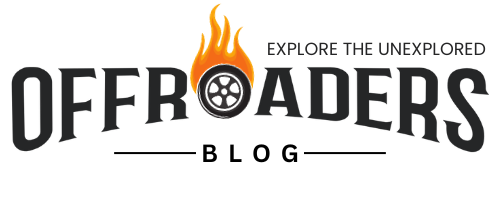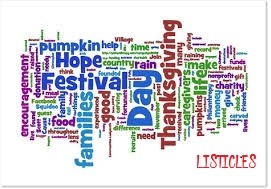Although a complete taboo just a few years ago, the phone applications and social sites are finding their way into workplace communication too. Private life is entering the professional life and, if we may say, making communication more complicated. If not words, pictures are speaking in thousand words. People are getting more curious, anxious, competitive all thanks to these compulsive social means of communication, which is not speaking to anyone in particular yet communicating with all and sundry.
With this spillover are things getting more complicated .Let us see the 9 fallouts of social media invasion in worklife
1. Competitiveness– Confidentiality used to be the hallmark of professional life before social media raised its pretty head at work culture. Whatsapp group may have come out as the most effective tool of communication but people seldom see how it has polluted the very core of communication. Constant sharing of information, pertaining to personal lives, has given rise to some negative emotions that earlier had no place at workplace. Now people compare their economic status, number of leave and vacation, proximity to superiors, happiness index and almost everything that may be compared. Who has eaten dinner at which swanky restaurant becomes national news in seconds and those not as fortunate as that will not take that news lightly and pleasantly. The competition is now not limited to the award and appreciation at the workplace. As the healthy competition becomes negative and unnecessary feeling of inferiority and jealousy, the office ambience may not remain unpolluted and can impact communication.
Competitiveness– Confidentiality used to be the hallmark of professional life before social media raised its pretty head at work culture. Whatsapp group may have come out as the most effective tool of communication but people seldom see how it has polluted the very core of communication. Constant sharing of information, pertaining to personal lives, has given rise to some negative emotions that earlier had no place at workplace. Now people compare their economic status, number of leave and vacation, proximity to superiors, happiness index and almost everything that may be compared. Who has eaten dinner at which swanky restaurant becomes national news in seconds and those not as fortunate as that will not take that news lightly and pleasantly. The competition is now not limited to the award and appreciation at the workplace. As the healthy competition becomes negative and unnecessary feeling of inferiority and jealousy, the office ambience may not remain unpolluted and can impact communication.
2. Judgment– People pronounce judgment on people based on their profile pictures, status updates, shared posts etc. While the shared material may reflect a person’s personality or perception, judging them entirely on that basis may not be termed fair. This inadvertently interfere in professional relationships thereby causing a huge barrier in normal flow of communication? A good example is a superior’s image of a subordinate based on social media projection. The subordinate may be branded as frivolous, shallow or non serious immensely colouring his/her professional image. This may take a toll on how seriously his/her work or communication will be received at workplace.
3. Bias – In case of social media it’s the open book that creates more biases. People’s cultural and socio perceptions are read through their activities on social media. An inactive person may be understood as unsociable and active communicator on social media may come across as too friendly or sociable. This may not always be true as people’s virtual presence may not match his/her real presence.
4. Anxiety– Competitiveness, jealousy and curiosity will be the foundation for anxiety. People are worried and anxious about their status, future prospects, recognition and acknowledgements. It can deeply impact mental state of a worker causing conflicts and crisis in interpersonal communication.
5. Intrusion into privacy– The closely guarded privacy has now become the public domain thanks to social media. People are more curious towards each other’s private lives. People are shifting their focus from a strictly professional environment to something more. This ‘uncalled for’ curiosity may disrupt the flow of communication.
6. Crumbling hierarchy– As the working professionals become social media buddies the professional hierarchy begins to crumble. Whereas it was easier to maintain a hierarchical distance earlier, the access to private life has shrunk the boundaries. It has done the maximum damage to the semantics. Professional terminology and jargon has taken the hit. Words have different meanings for netizens and net friendly language now constantly makes its appearance at board meetings and formal get-togethers.
7. Suspicion– Too much communication between peer groups can cause suspicion in people’s mind regarding the ingenuity of a person’s words. People read between the lines, misread statements, use jaundiced perceptions. Cross checks, questions and clarifications become the customary outcomes.
8. Rising expectations – As we expect media behavior to match social or professional behavior the demand becomes unfair.
9. Notification interrupters – Physical barriers to communication have a new entrant in form of constant notification. Once a notification is received from any of the chat applications, one has a compulsive urge to read it, irrespective of the circumstances or situation one is in.







